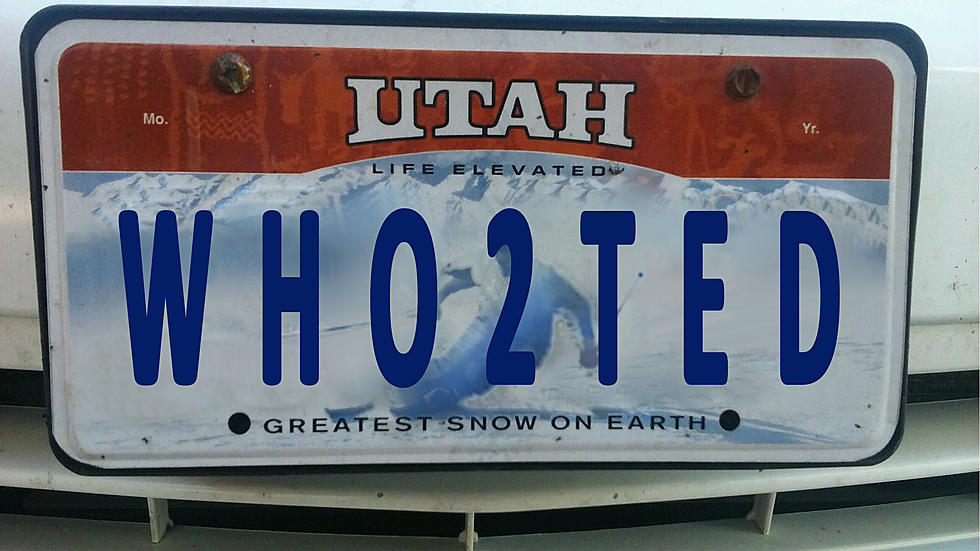
New Earth-Like Planets Discovered
NASA unveiled more proof that we may not be alone. A new planetary system, Kepler-11, has been discovered with rocky planets much like our own solar system. This system, approximately 2,000 light years from Earth, was discovered using NASA’s Kepler Space Telescope and is re-writing the rules of astrophysics. From NASA:
"The Kepler-11 planetary system is amazing," said Jack Lissauer, a planetary scientist and a Kepler science team member at NASA's Ames Research Center, Moffett Field, Calif. "It’s amazingly compact, it’s amazingly flat, there’s an amazingly large number of big planets orbiting close to their star - we didn’t know such systems could even exist."
In other words, Kepler-11 has the fullest, most compact planetary system yet discovered beyond our own.
All of the planets orbiting Kepler-11, a yellow dwarf star, are larger than Earth, with the largest ones being comparable in size to Uranus and Neptune. The innermost planet, Kepler-11b, is ten times closer to its star than Earth is to the sun. Moving outwards, the other planets are Kepler-11c, Kepler-11d, Kepler-11e, Kepler-11f, and the outermost planet, Kepler-11g, which is twice as close to its star than Earth is to the sun.
"The five inner planets are all closer to their star than any planet is to our sun and the sixth planet is still fairly close," said Lissauer.
If placed in our solar system, Kepler-11g would orbit between Mercury and Venus, and the other five planets would orbit between Mercury and our sun. The orbits of the five inner planets in the Kepler-11 planetary system are much closer together than any of the planets in our solar system. The inner five exoplanets have orbital periods between 10 and 47 days around the dwarf star, while Kepler-11g has a period of 118 days.
Still, this bodes well for finding other Earths in our own cosmic backyard!
Via Nasa
Animation credit: NASA/Tim Pyle
More From News Radio 1310 KLIX









